There are cars, and then there are legends, machines that define generations, inspire lifestyles, and earn respect far beyond the spec sheet. The Maruti Suzuki Gypsy sits firmly in the second category. Loved by the Army, adored by rallyists, and worshipped by off-roading enthusiasts, the Gypsy has lived a life few vehicles can match.
Even today, years after production ended, spotting a Gypsy instantly brings a smile, the nostalgia, the toughness, the adventure vibe. This review dives deep into what makes the Gypsy the icon it is today, covering its history, exterior, interior, backseat experience, and what it’s really like to drive this living legend.
A Short Yet Powerful History From Battlefield to Bollywood
Launched in 1985, the Gypsy was essentially India’s version of the Suzuki Jimny SJ413, arriving when rugged utility vehicles were rare. Over the years, it evolved while staying true to its purpose:
Evolution Timeline
| Year | Model | Engine | Key Changes |
|---|---|---|---|
| 1985 | Gypsy MG410 | 1.0L F10A Carb | Light body, 4×4 capability |
| 1993 | Gypsy MG410W | 1.0L F10A Carb | “W” = Wide track for stability |
| 1996 | Gypsy King MG413 | 1.3L G13B Petrol | More power; MPFI added later |
| 2000s | Gypsy King MPFI (BSII+) | 1.3L G13BB MPFI | Army & rally favorite |
The wide-track (W) model was introduced because rally drivers complained about stability in high-speed off-road situations. The wider stance transformed handling and grip.
Role in Indian Culture
- Standard vehicle for the Indian Armed Forces, police & forest departments
- Dominated the INRC rally championships for years
- Seen in Bollywood, expedition trips, and mountain tourism fleets
Simply put, if you wanted simplicity, reliability, and unstoppable capability, you bought a Gypsy.
Exterior: Raw. Tough. Purpose-Built.
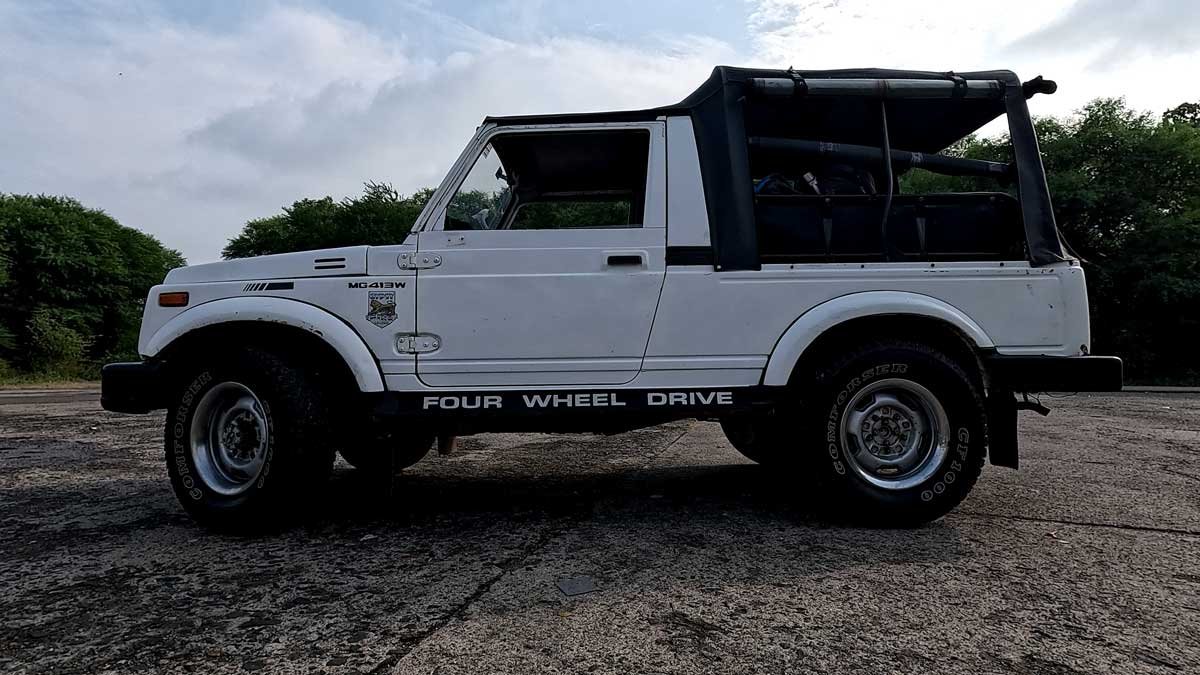
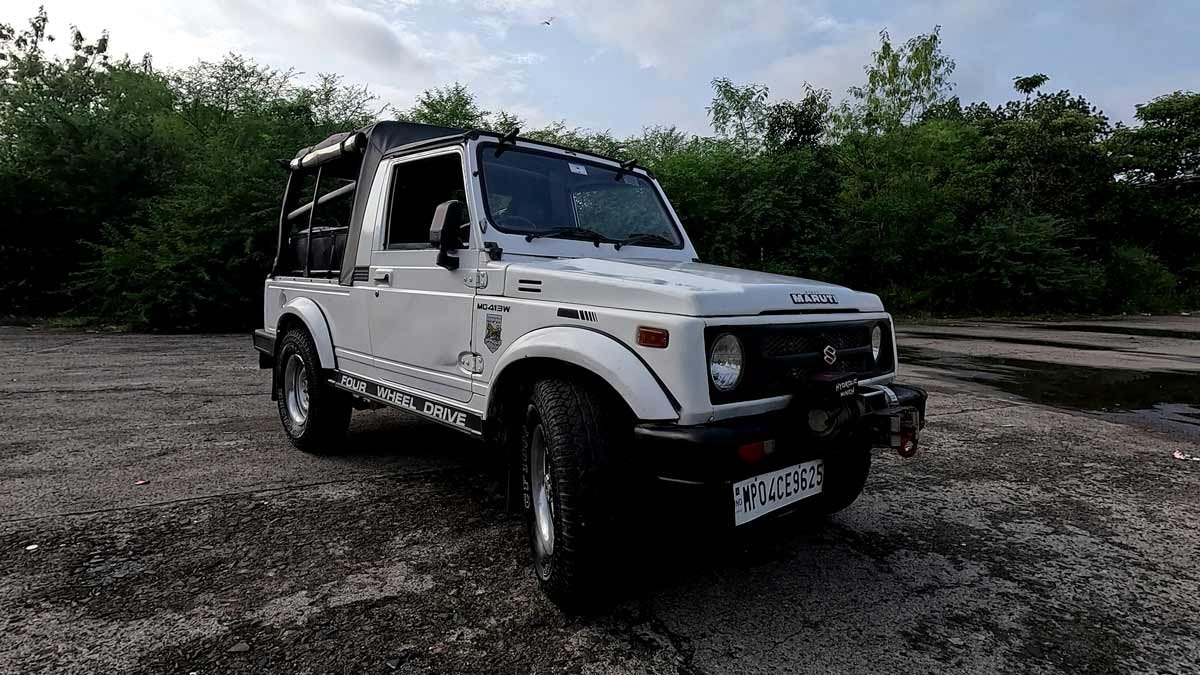
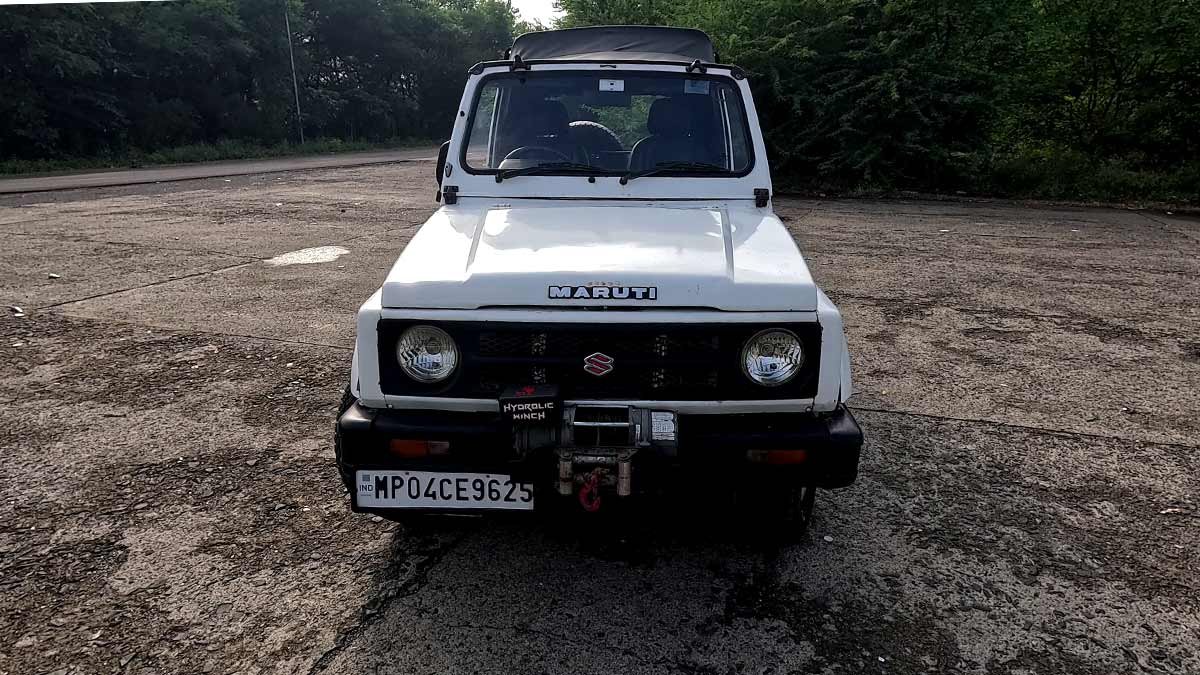
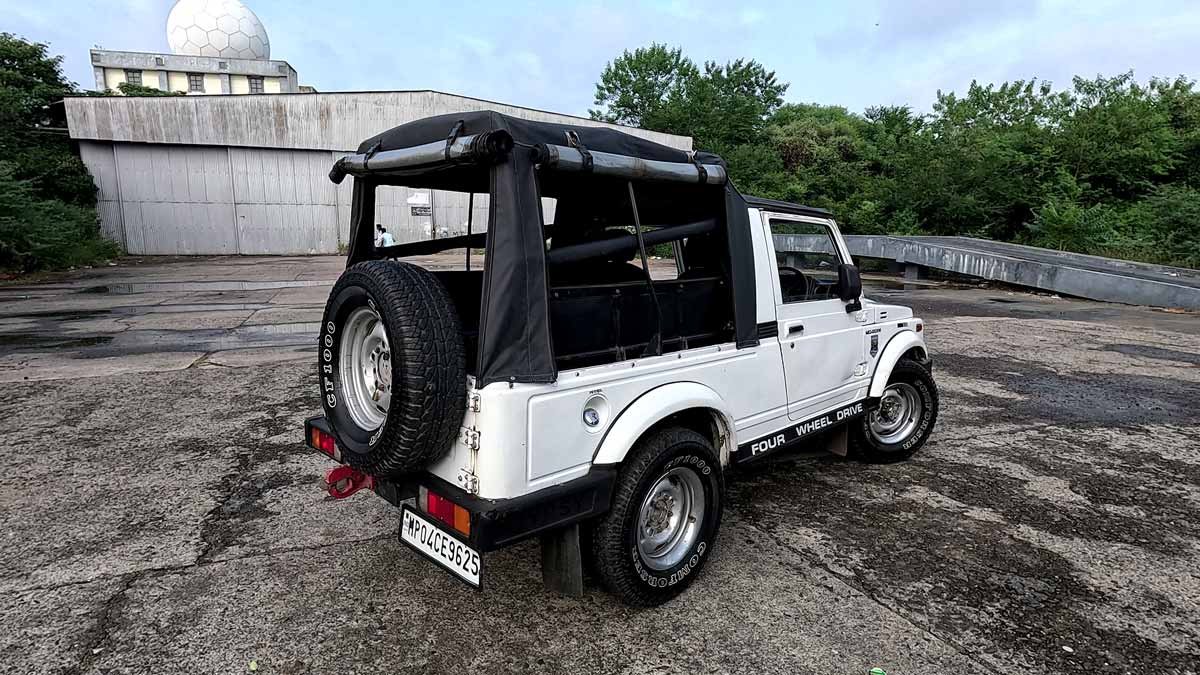

The Gypsy isn’t here to impress with curves or chrome. It has something better, character.
Design Highlights
- Boxy silhouette with straight lines and tall stance
- Slim front grille with classic round halogen headlamps
- Metal bumpers, exposed hinges, and minimalistic styling
- 15-inch wheels with chunky tyres on many maintained examples
- Available in soft-top and hard-top formats
It feels like an off-road tool, not a city toy. Modern SUVs might be sleeker, but very few command the same rugged respect as a clean Gypsy rolling down the road.
Interior – Simple, Old-School, Functional

Step inside, and you instantly travel back in time.
Cabin Experience
- Basic dashboard with straightforward dials
- No fancy infotainment or electronics, reliability > features
- Big windscreen giving excellent visibility
- Bucket seats up front, Spartan door panels & flooring
This simplicity wasn’t a cost-cutting choice, it was intentional. In extreme conditions, fewer electronics = fewer failures.
If you like touchscreens and ambient lighting, the Gypsy isn’t for you.
If you love mechanical honesty, welcome home.
Back Seat Experience: Not Built for Comfort
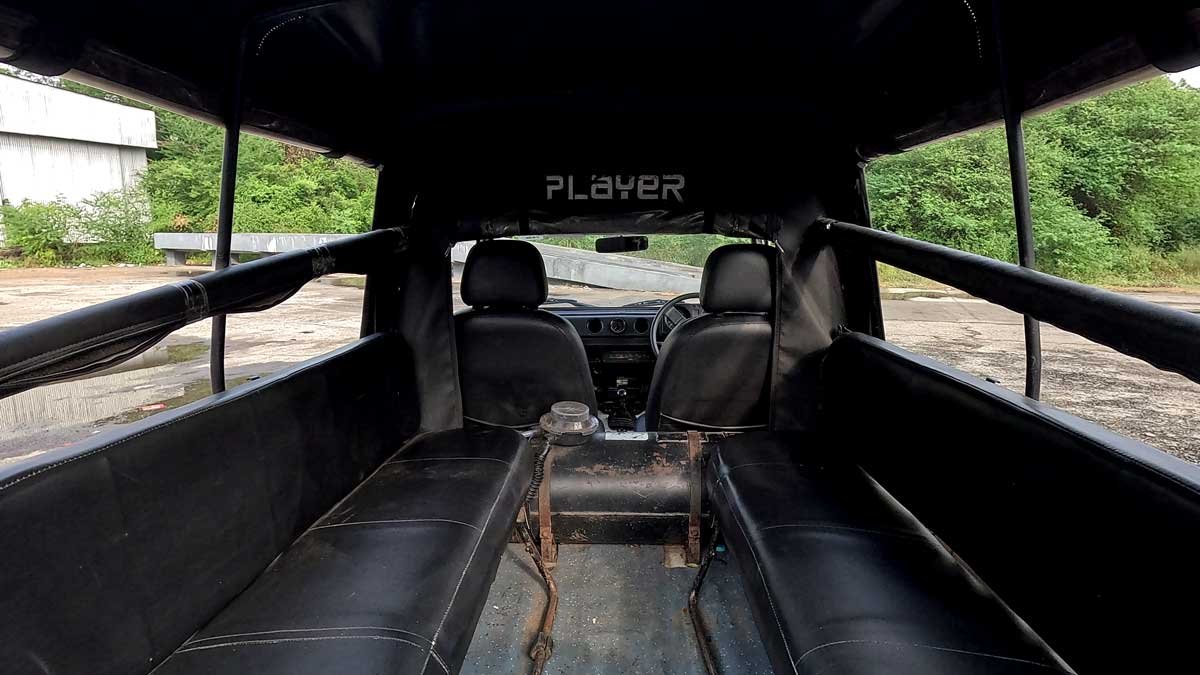
Let’s be honest, the Gypsy’s rear seats are more about utility than comfort.
What to Expect
- Upright seating with limited cushioning
- Bouncy ride, especially unladen
- Best suited for:
- Adventure trips
- Safari tourism
- Short off-road rides
Long highway journeys in the back? Not ideal.
But in the wild, with the roof off, wind in your face, it’s magic.
Driving the Gypsy: Pure, Connected, No Filters
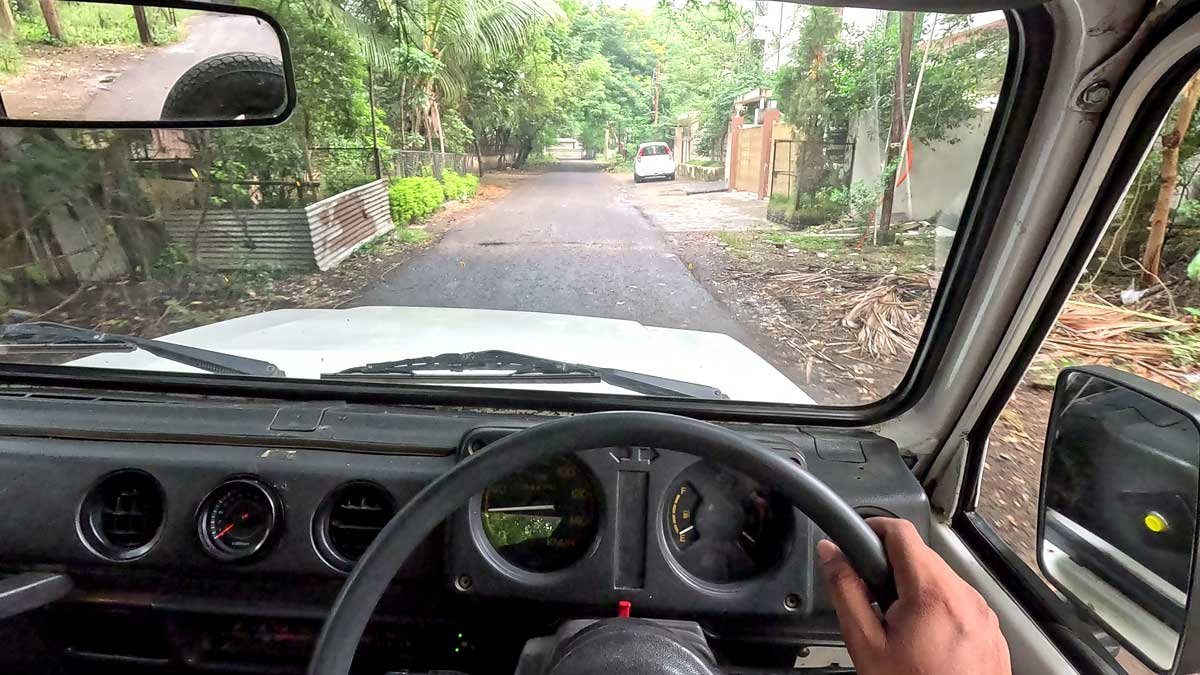
This is where the love story truly begins.
Engine & Performance
- 1.3L G13 petrol engine
- Rev-happy character, reliable, and easy to work with
- Weighs barely 985 kg → power-to-weight feels lively
On-Road Feel
- Steering feels heavy at low speeds
- Ride is firm and bouncy
- High-speed stability isn’t its strong suit
Off-Road Experience
This is where the Gypsy earns its legendary badge:
✔ Lightweight frame
✔ 4×4 with low-range
✔ Excellent approach & departure angles
✔ Goes where most cars hesitate
Every obstacle feels like an invitation.
Every dirt trail feels like home.
It may not be plush like modern SUVs, but driving the Gypsy gives something rare connection with the machine and terrain.
Why the Gypsy Still Lives in Hearts
Even after production ended in 2019, the Gypsy holds a cult status because:
- Mechanical simplicity
- Unmatched reliability
- True off-road DNA
- Military heritage
- Timeless design
- Huge aftermarket modification ecosystem
No wonder enthusiasts still hunt clean units like treasure.
Final Verdict: The Legend Will Never Fade
The Maruti Suzuki Gypsy is not a car. It’s a feeling.
It represents freedom, adventure, and raw driving purity.
If you judge it by modern SUV standards, you’ll miss the point.
If you judge it by heart, character, and legacy, it sits on the throne.
The Gypsy isn’t for everyone.
And that’s exactly why it’s so special.
Let us know your story with the Maruti Suzuki Gypsy in the comments

